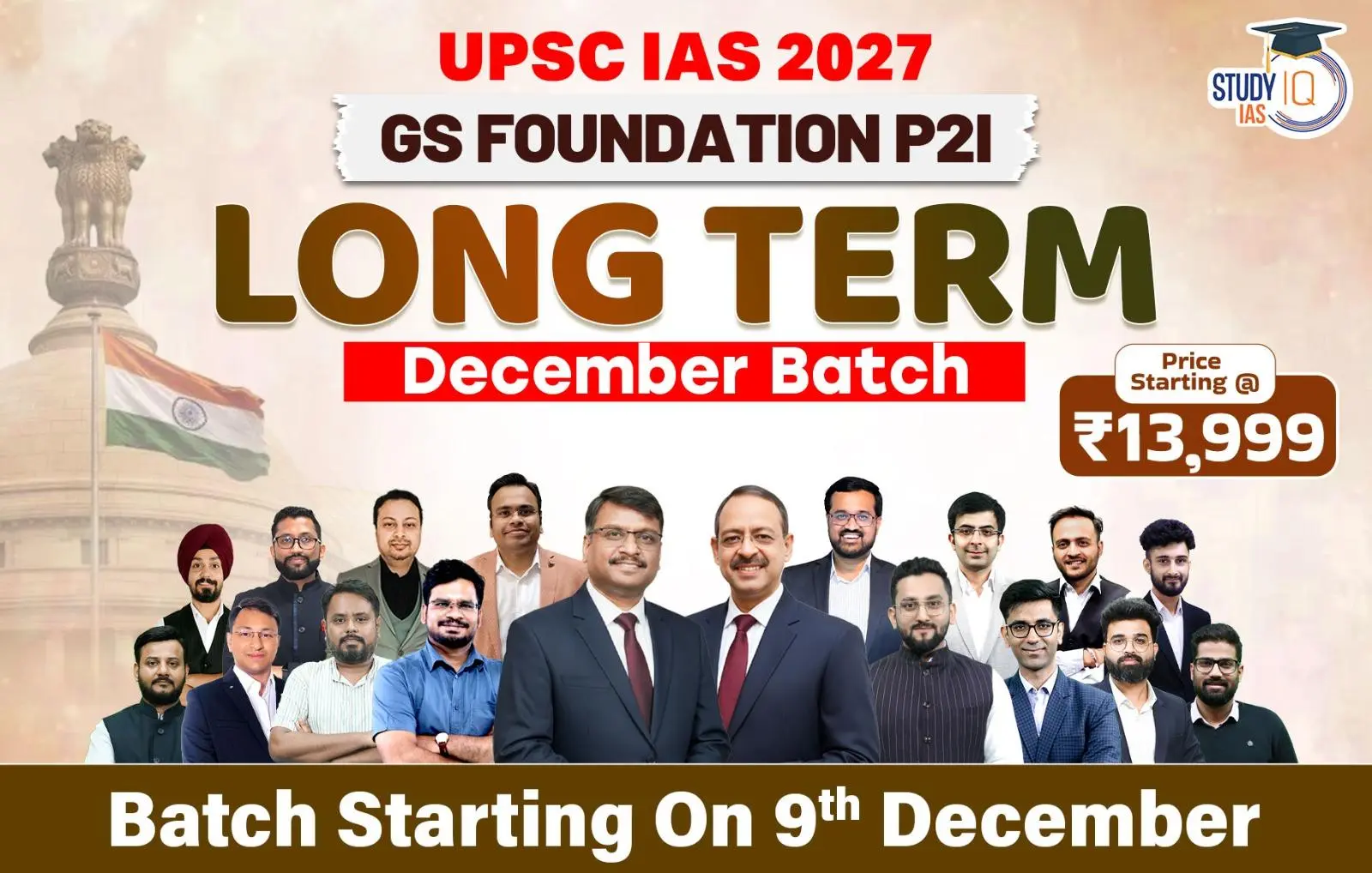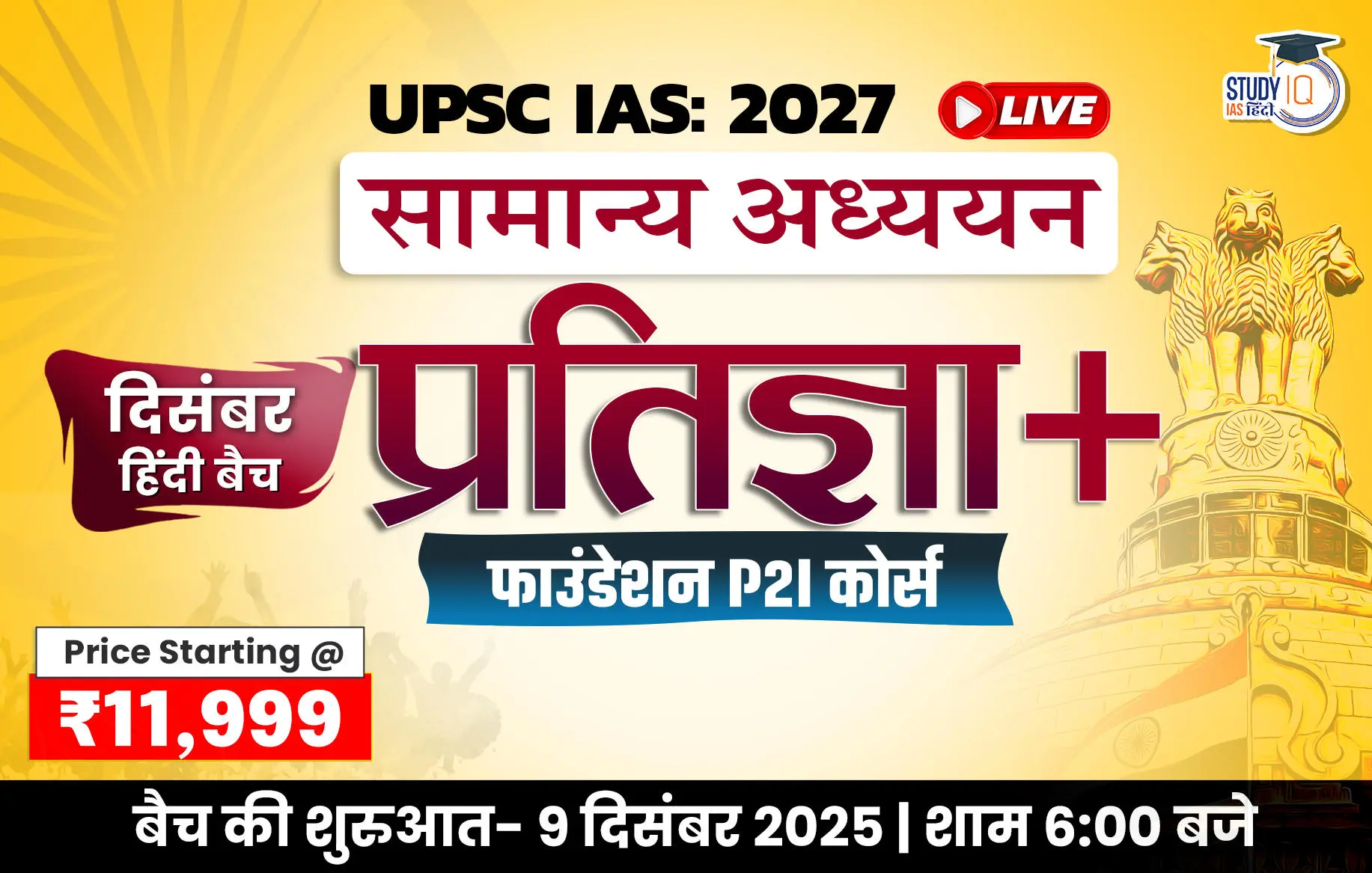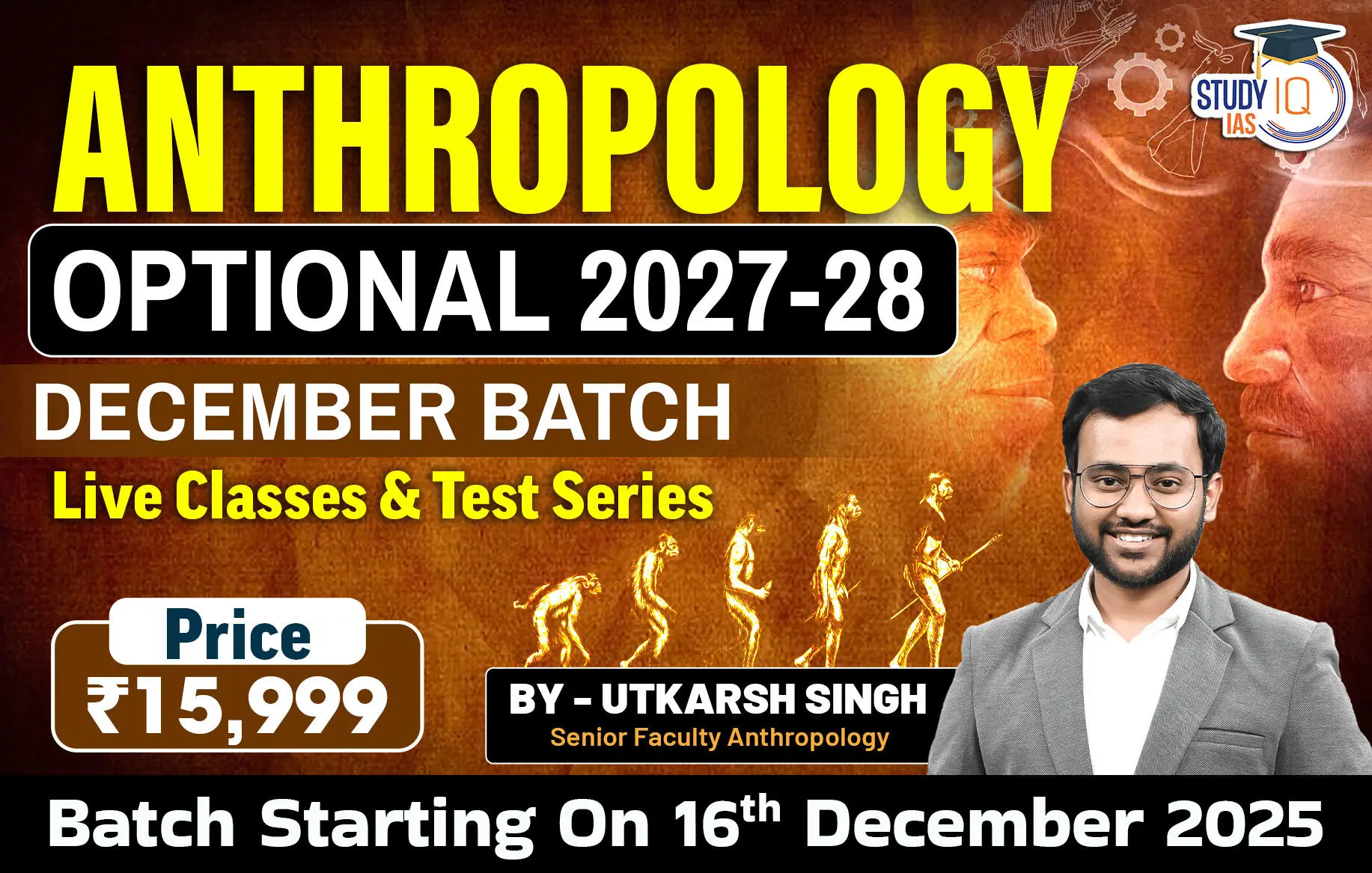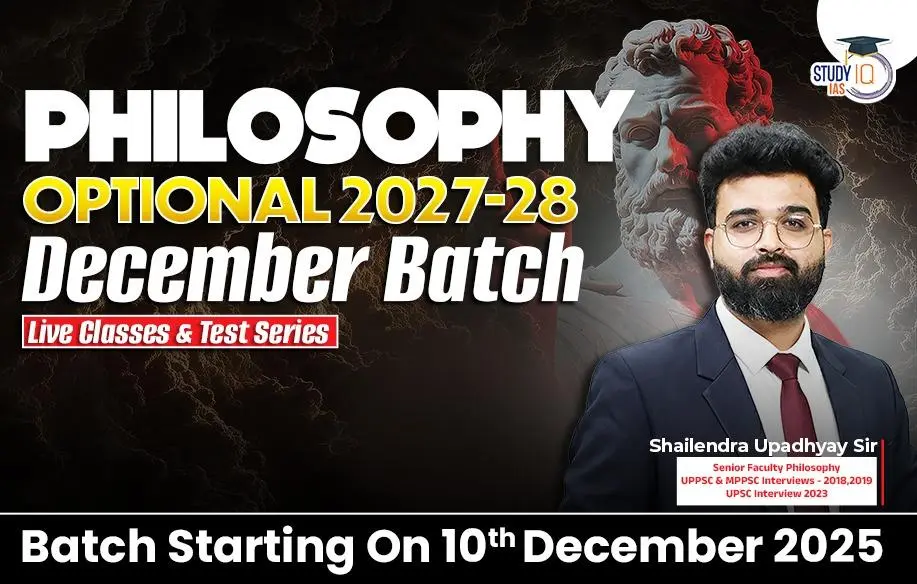Historical Context of Extremism in India
- India’s history with extremism is deeply intertwined with its socio-political and economic transformations.
- From early post-Independence challenges to contemporary threats, extremism in India has evolved across ideological lines, reflecting domestic and global trends.
Early Post-Independence Period
Communal Violence
- India’s partition in 1947 resulted in widespread communal violence and mass displacement.
- Religious tensions continued to simmer, occasionally erupting into large-scale violence.
Left-Wing Extremism
- A revolutionary Communist movement aimed to destabilise the fledgling Indian state.
- Key examples:
- Tebhaga Movement (Bengal, 1946–47): Peasant-led uprising demanding a larger share of agricultural produce.
- Telangana Rebellion (1946–51): Armed revolt against landlords in Hyderabad State.
Naxalite Movement (1960s–1990s)
- Origin: Naxalbari (West Bengal, 1967) sparked a violent Communist uprising advocating for land redistribution.
- Ideological Appeal:
- Initially attracted the youth, students, and intellectuals with its revolutionary rhetoric.
- Spread to West Bengal, Andhra Pradesh, Kerala, and tribal areas in Central India.
- Decline:
- Movement fragmented into factions.
- Descended into mindless violence, losing mass support.
- Contemporary Influence: Though diminished, Naxalism persists in tribal belts (e.g., Chhattisgarh, Jharkhand).
Rise of Ethno-Religious Extremism
Punjab Insurgency (1980s–1990s)
- Demand for an independent Khalistan led to violent militancy.
- Key events:
- Operation Blue Star (1984): Military operation to neutralise militants in the Golden Temple.
- Assassination of Prime Minister Indira Gandhi (1984) and subsequent anti-Sikh riots.
Northeast Insurgencies
- Rooted in ethnic, cultural, and political grievances.
- Groups such as the United Liberation Front of Asom (ULFA) and National Socialist Council of Nagaland (NSCN) led armed struggles.
- Demands: Autonomy, secession, and protection of indigenous identities.
Kashmir Insurgency (1989–Present)
- Triggered by political discontent and external interference (Pakistan).
- Transitioned from a political movement to violent militancy.
- Key events:
- Exodus of Kashmiri Pandits (1990).
- Rise of Jihadist elements post-2001.
| Shift from Left-Wing to Right-Wing Extremism |
The political landscape has shifted from left-wing ideologies to a rise in right-wing philosophies across Europe and beyond:
|
Right-Wing Extremism
| Factors Contributing to Right-Wing Extremism: Global |
Several factors have contributed to the rise of right-wing extremism:
|
Hindutva Movements
- Growth of religious nationalism, occasionally leading to violence against minorities.
- Examples:
- Babri Masjid demolition (1992) and subsequent communal riots.
- Rise of vigilante groups targeting interfaith relationships and dietary practices (e.g., cow protection).
Militant Islamist Responses
- Post-Babri tensions saw a rise in Islamist groups like the Indian Mujahideen.
- 2008 Mumbai Attacks by Lashkar-e-Taiba demonstrated cross-border implications of religious extremism.
- In India, there were significant protests, especially in southern states, against government actions targeting organisations like:
- Popular Front of India (PFI): Accused of promoting extremist ideologies under the guise of community welfare.
- Social Democratic Party of India (SDPI): Alleged to have links with extremist elements and accused of fostering divisive narratives.
- These organisations were termed right-wing extremist Muslim bodies, indicating a religious-nationalist ideology distinct from traditional leftist movements.


 Assam’s Majuli Hosts ‘Charaichung Fe...
Assam’s Majuli Hosts ‘Charaichung Fe...
 BlueBird-6 Satellite: ISRO to Launch Hea...
BlueBird-6 Satellite: ISRO to Launch Hea...
 UNEP Champions of the Earth Award: UN's ...
UNEP Champions of the Earth Award: UN's ...

























